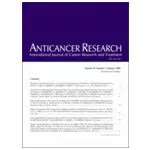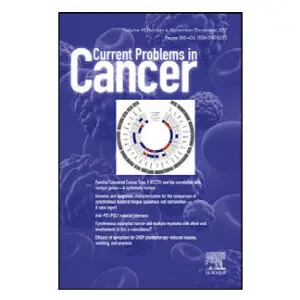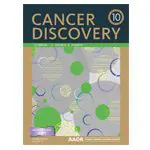Fibrolamellar carcinoma transcriptomic-based treatment prediction: complete response after nivolumab and ipilimumab
This paper discusses a case study of a patient in her mid 30s whose FLC had recurred and persisted despite resection and multiple lines of treatment, including use of an immune checkpoint inhibitor (atezolizumab – an anti-PD-L1 agent). Following molecular profiling of her tumor and computational analysis of the tumor’s transcriptome (RNA), a combination of …









